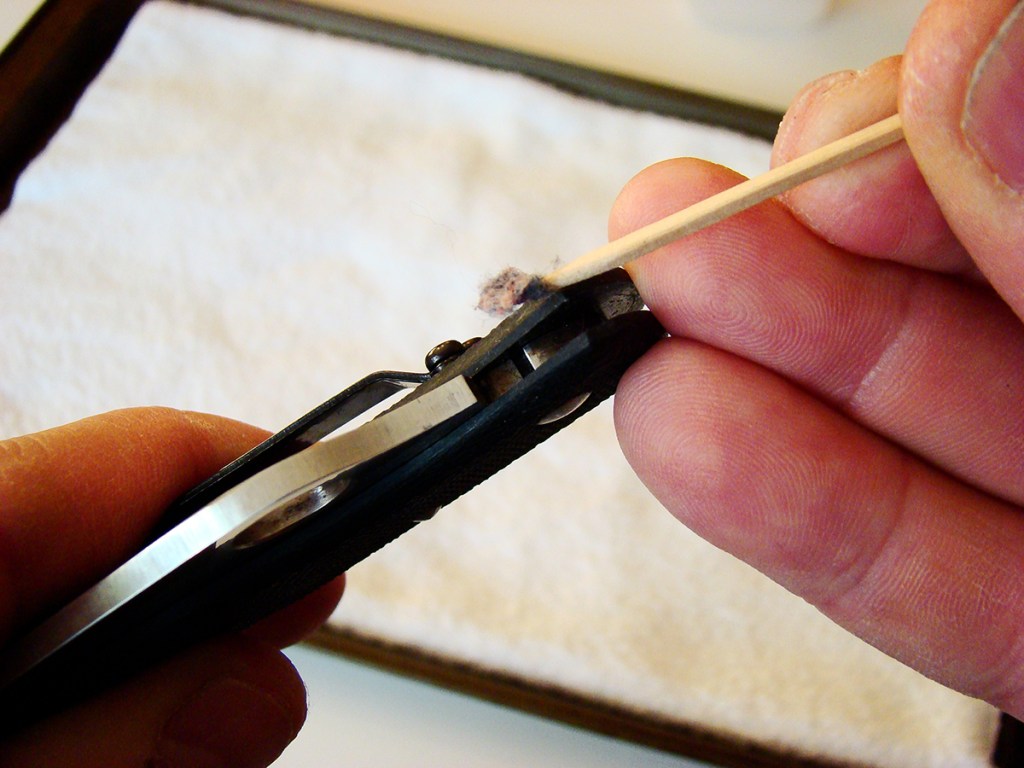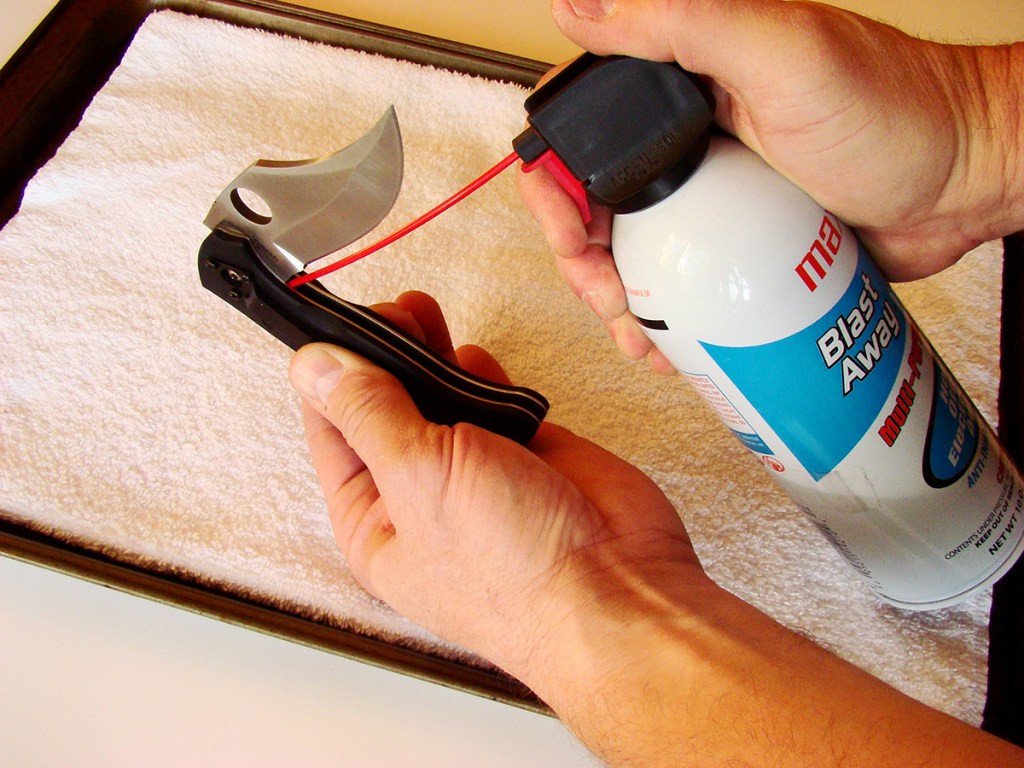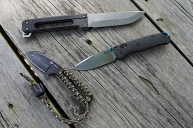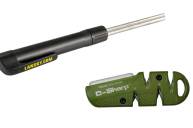What is it about knife care that so many ignore? Here are the basics so you have no excuse.
Everybody knows a knife is worth little if it isn't sharp. They don't need another outdoor writer telling them to "Be sure and sharpen that puppy, it's not a knife if it ain't sharp!"
What they do need, most likely, is a crash course in general knife care, because there is more to it than just keep a sharp edge. Raise your hand if you sharpen, but rarely actually clean, your knife...

Smart knife companies understand this too, and should encourage at-home care to extend the knives' life and maintain their quality over time.
Spyderco, for example, made their knives a cinch to clean, and you never have to bother disassembling the entire thing to get it done. Who needs a ton of tiny knife pieces waiting to roll off the table and get lost forever? There are simple processes for cleaning a knife, and these are the best tips, straight from the experts at Spyderco.
Basics
First and foremost, keep your knives as dust, dirt, and lint free as possible. Tough to ask, we know, but it goes a long way.
When dealing with back lock knives, pay particularly close attention to the lock notch on the back of the blade tang.

Lint always seems to accumulate there, in the nooks and crannies, and can keep the lock from engaging properly, an obvious hazard to avoid.
Bath time
Honestly, good knives should be able to handle getting dirty, and the cleaning process should be just as simple. Dunking a steel bladed knife into water doesn't immediately sound like the best idea, but if the knife is made to be virtually impervious to short term water exposure, then that's exactly what you should do.
Before that, however, a good cleanse with cotton swabs and rubbing alcohol is sometimes all it takes. Try smashing the ends of the cotton swabs with a pair of pliers, so they can fit inside the smaller cracks. Soak the swab, scrub the inside of the handle, and you are headed in the right direction.
https://www.instagram.com/p/BTbrr2HD__S/?taken-by=spyderco_inc
If your knife has seen enough and needs a full-on shower, don't sweat it. Try running it under hot water, adding a little detergent, and cleaning with a toothpick or toothbrush.
Dry until you can dry no more
Rinse with fresh water, then be sure to dry the knife inside and out. Though a good number of Spyderco knives are designed to be rust-free, prolonged water can cause other problems in the inner workings of a folder or fixed-blade, so pay attention to this step.
Compressed air can be a big advantage in the drying process. Hanging a knife using a lanyard hole or other attachment is smart, too. Make sure the knife has dried completely before moving on to the next step.

Grease it up
Use a lubricating agent, specifically oil/silicone, and apply it to the steel components. You don't have to be too generous; a little will go a long way.
Knives should act as indispensable companions in our daily lives. It's safe to say most of them, at least the good ones, are also legitimate investments. These are the main reasons why they should be cared for, and cared for properly.
For more info on caring for your knives, and to see what else Spyderco has for the knife-lover, check out their website.
NEXT: SHARPEN ANYTHING WITH THE SPYDERCO TRI-ANGLE SHARPMAKER®




